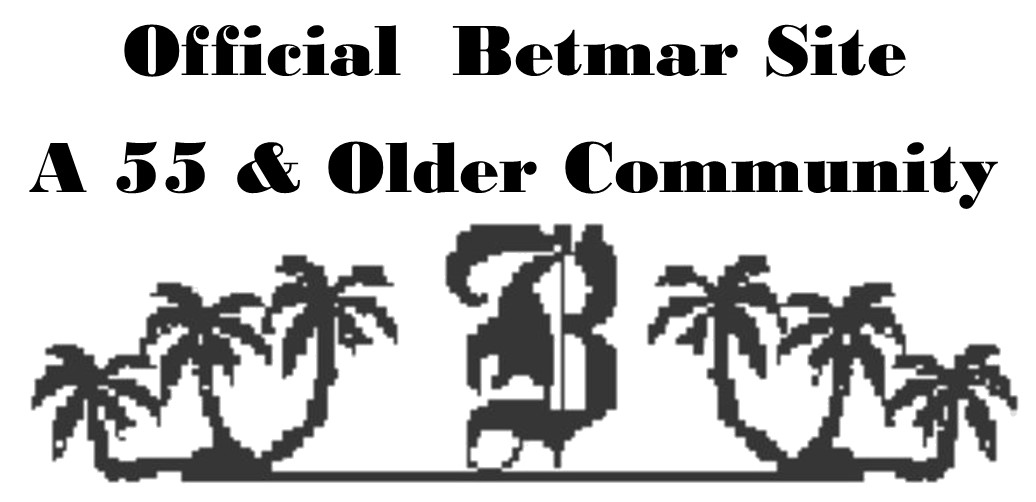AED (Automatic External Defibrillator) Training
Several years ago, Betmar leaders purchased AED (Automatic Defibrillators) for all clubhouses, golf, swim, library, and security. Community AEDs are the community standard of care for persons suffering cardiac events.
The Healthorama group maintains inspection, pad replacement and battery checks. Recently the same group relocated the AEDs so they are visible, labeled and near a phone as much as possible. They are located in CH2, CH3, Apache CH, Large pool area, Library, Golf CH, Security Cart. Please check it out when you are in the above facilities. Know where they are. DO NOT OPEN THEM UNLESS YOU INTEND TO USE THEM.
AEDs are designed to be used by non-medical personnel, such as firefighters, police officers, lifeguards, security guards, teachers, family members of high-risk persons, and bystanders. That includes you!
Anyone can use (and should use) an AED in the event of sudden cardiac arrest (SCA).
SCA occurs when the heart malfunctions and stops beating unexpectedly. If not treated within minutes, it quickly leads to death.
The goal of AEDs and public access defibrillation programs ensure access to
defibrillation when needed as quickly as possible. CPR along with AEDs can
dramatically increase survival rates for sudden cardiac arrest.
AEDs are intended for use by the general public — with or without specialized training..
The AED protocol has seven basic steps:
* Check unresponsiveness.
* Call 9-1-1 or the local emergency number (if applicable) and retrieve the AED.
* Open the airway and check for breathing. …
* Check for a pulse. (If you cannot do this, the AED will still analyze pulse for you)
* TURN THE POWER ON
* Attach the AED electrode pads. (Pictures on the pads) if the placement of the
pads is reversed, the AED will still work.
* Analyze the heart rhythm. (Automatically done)
* State CLEAR (no one is touching the victim)
* Press the “shock” button, if advised.
CLICK IMAGE BELOW to Watch the Video

